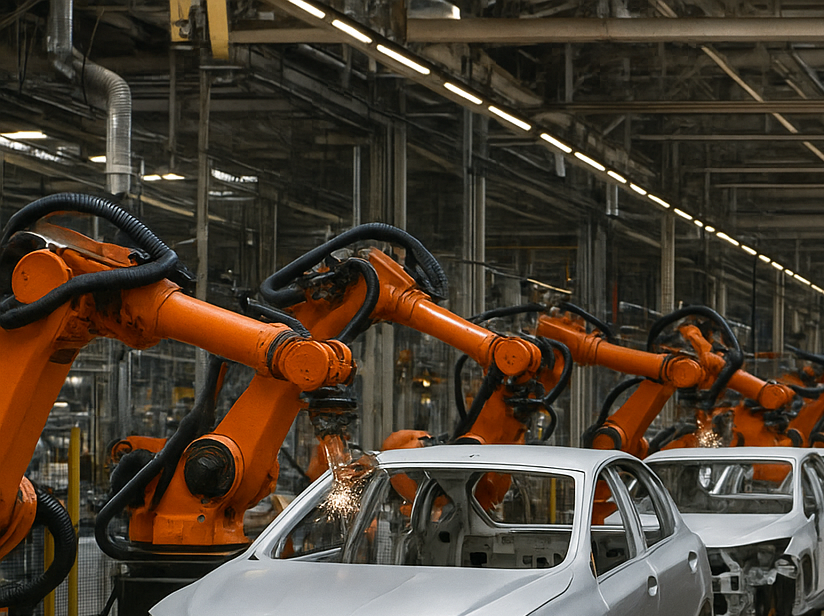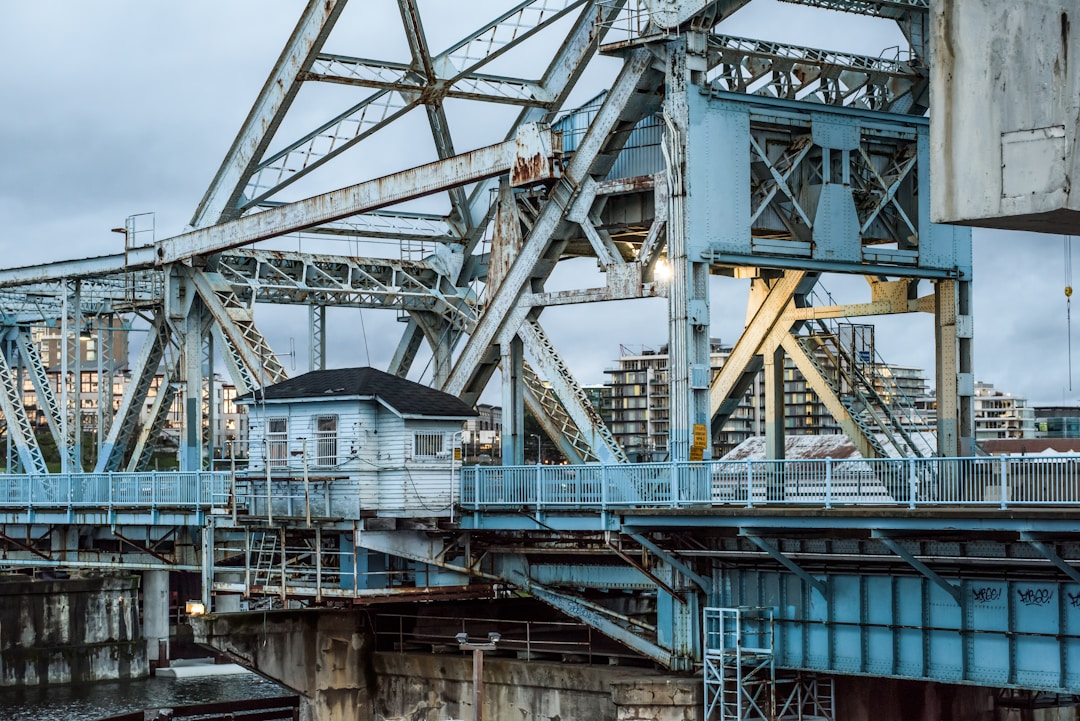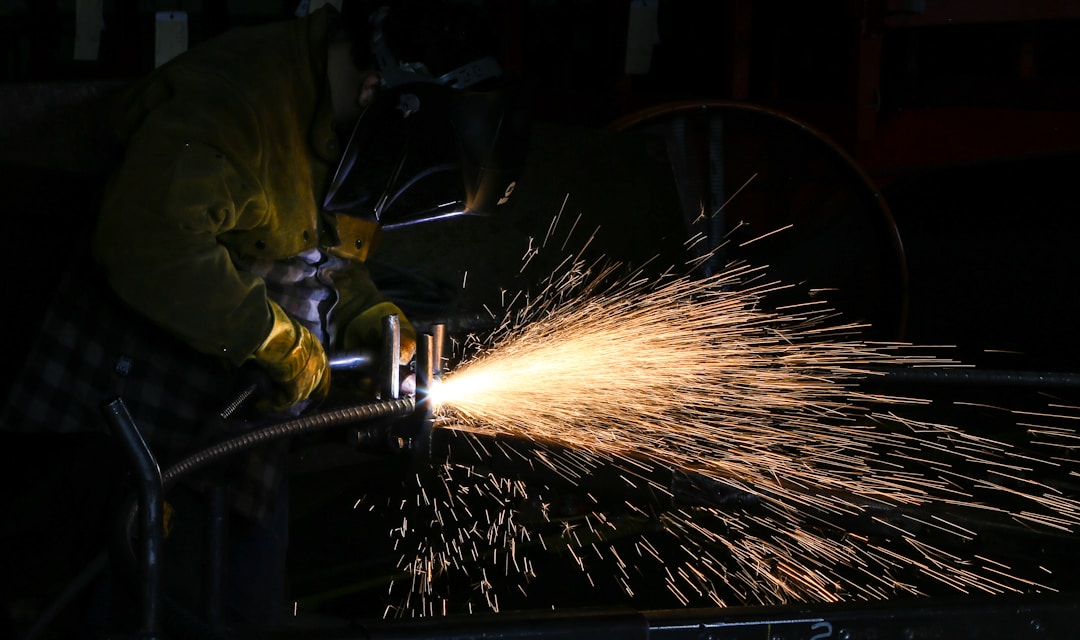Macroeconomic interpretation and steel market outlook at home and abroad
2025-02-10
Against the backdrop of the evolving global economic landscape, an in-depth analysis of the domestic and international macroeconomic situation is crucial to accurately grasp the future direction of the steel market.
From an international macroeconomic perspective, global economic growth faces many uncertainties. The rise of trade protectionism, geopolitical tensions, and adjustments in monetary policies in some developed economies have all affected the pace and stability of global economic recovery. In the field of trade, the continuation of international trade disputes has suppressed global trade flows, which has directly impacted the international trade pattern of steel. Some countries have imposed tariffs on steel products, resulting in a reshuffle of the steel trade pattern and increasingly fierce competition in the export market.
At the same time, the development trend of emerging economies has also had an important impact on steel demand. The demand for steel in some emerging economies has maintained a growth trend in infrastructure construction and industrialization, providing certain support for the steel market. However, these economies are also facing problems such as financial market fluctuations and debt risks, and there is a certain degree of uncertainty in the growth of their steel demand.
In terms of the domestic macroeconomic environment, my country's economy is in a critical period of transformation and upgrading. The continuous advancement of supply-side structural reforms has achieved remarkable results in de-capacity and structural adjustment in the steel industry. The continuous strengthening of environmental protection policies has prompted steel companies to increase environmental protection investment and promote the green development of the industry. In addition, the accelerated layout of "new infrastructure" and the steady advancement of traditional infrastructure have brought relatively stable demand to the steel market.
In the real estate sector, the long-term existence of regulatory policies has stabilized the growth rate of real estate investment, and the driving effect on steel demand has been relatively weakened. However, with the advancement of affordable housing construction and the implementation of old residential area renovation, there will still be some support for steel consumption.
Looking forward to the future steel market, the supply and demand relationship will continue to be the key factor in determining price trends. With the optimization and adjustment of domestic steel production capacity, the supply side is expected to remain relatively stable. The demand side is affected by a combination of factors such as macroeconomic growth rate, fixed asset investment, and manufacturing development.
From the perspective of technological innovation, the digitalization and intelligent transformation of the steel industry will improve production efficiency and product quality, and further optimize the supply structure of steel. At the same time, the research and development and application of new materials and new processes will also expand the application field of steel and bring new growth points to the market.
In summary, the complex and changeable macroeconomic situation at home and abroad has had a multi-faceted impact on the steel market. Steel companies and related market participants should pay close attention to macroeconomic trends and flexibly adjust production and operation strategies to adapt to market changes and achieve sustainable development.
RELATED BLOG







